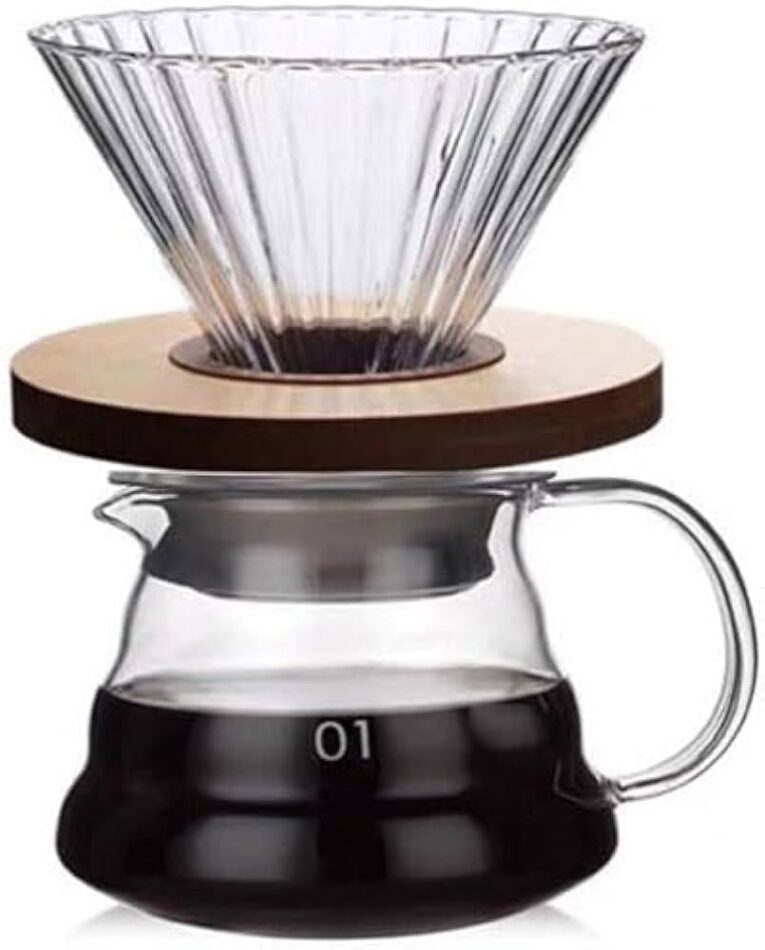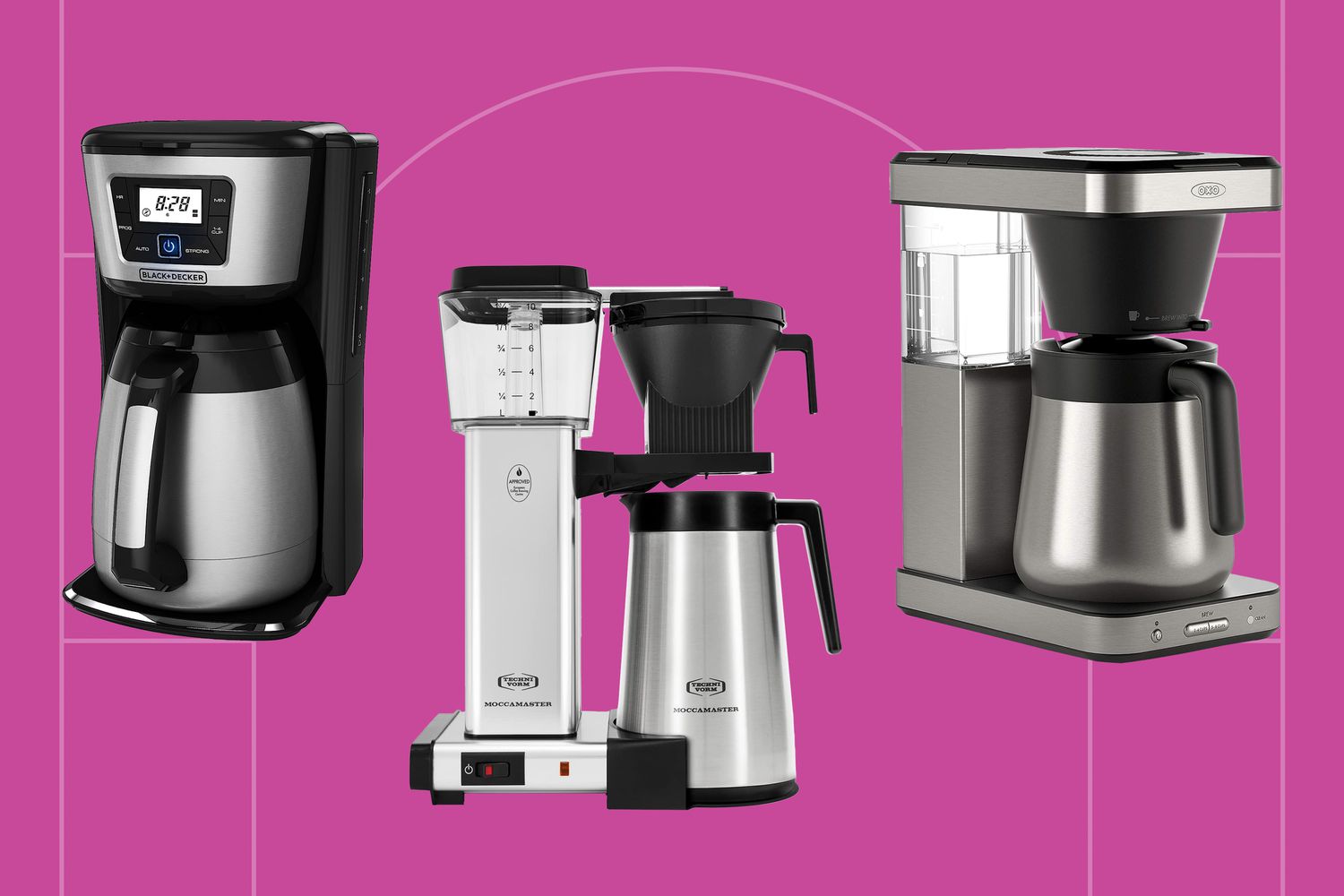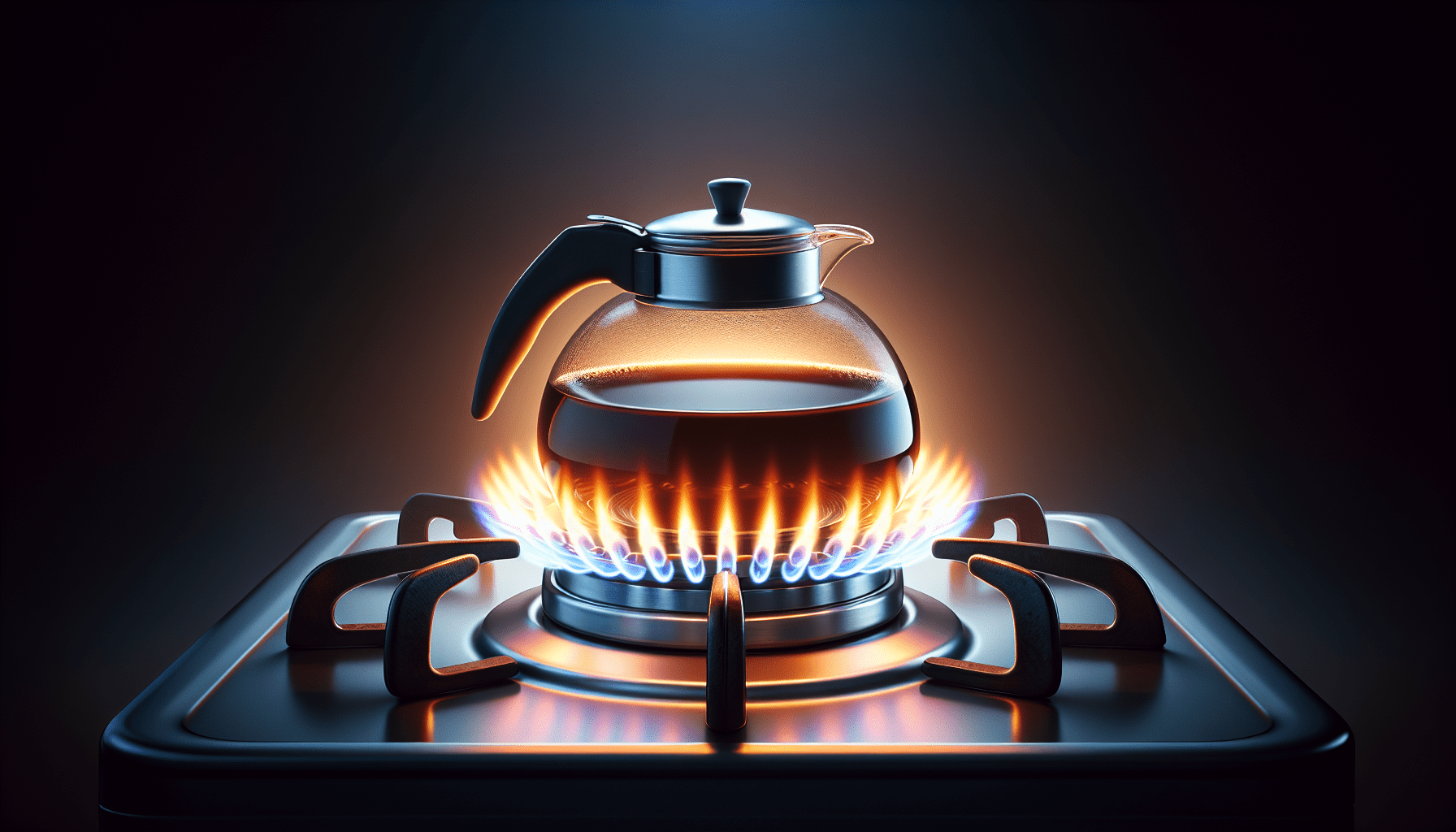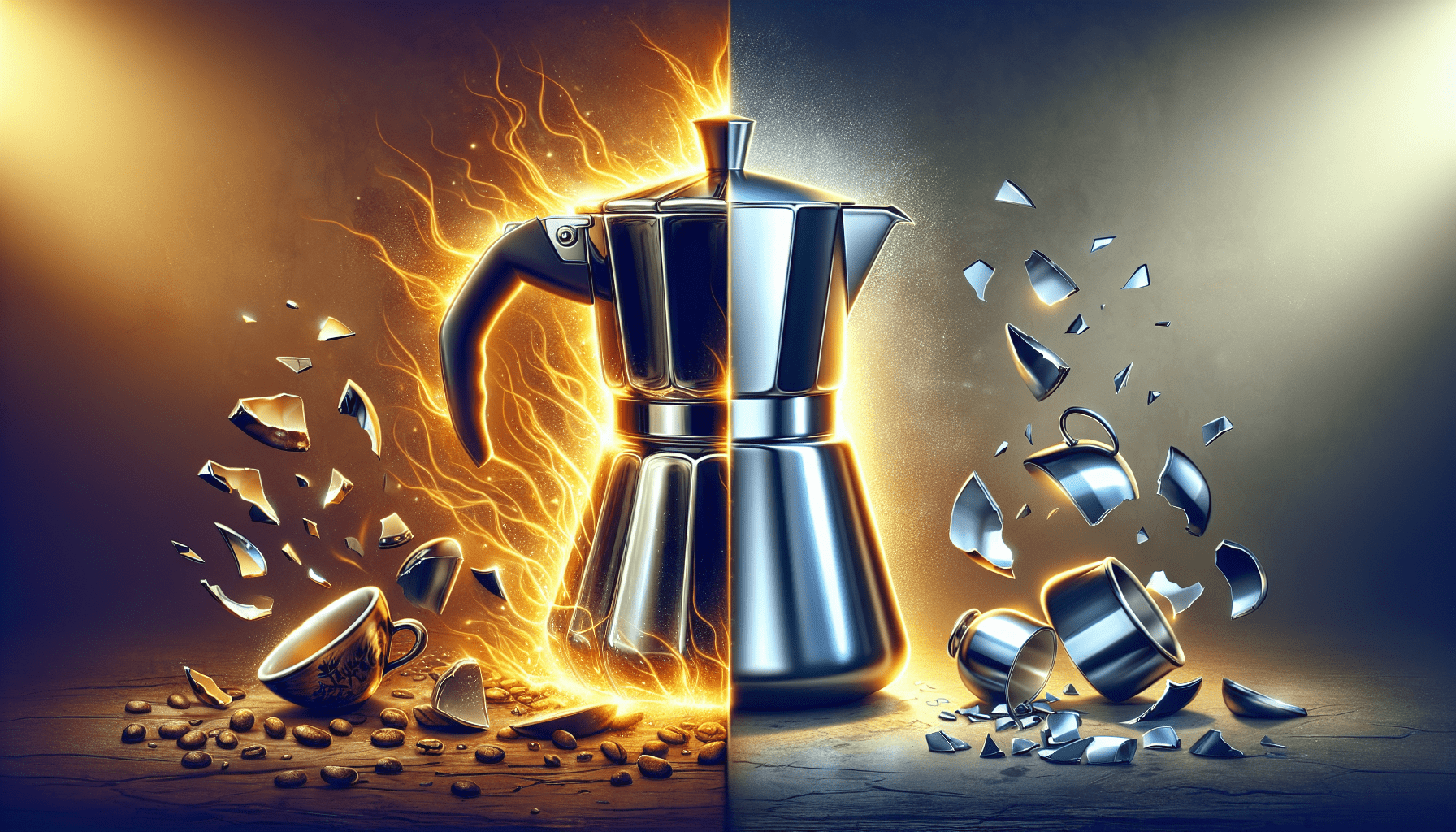Imagine waking up in the morning, craving that first cup of coffee to kickstart your day. As you eagerly wait for the machine to brew, have you ever wondered how much heat that humble coffee maker pot can actually handle? Well, wonder no more! In this article, we will explore the fascinating world of coffee maker pots and uncover the maximum temperature they can withstand. Prepare to be amazed by the resilience of your trusted coffee companion!
The Importance of Temperature Limit in Coffee Maker Pots
When it comes to coffee, we all have our preferences. Some of us enjoy a steaming hot cup of joe, while others prefer it lukewarm. But have you ever wondered why there is a maximum temperature limit on coffee maker pots? Well, let’s dive into the importance of this limit and why it matters for your brewing experience.
Why is the maximum temperature limit of a coffee maker pot important?
The maximum temperature limit of a coffee maker pot is crucial for several reasons. First and foremost, it ensures your safety. Coffee pots are typically made of materials like glass, stainless steel, or plastic, and these materials have their own temperature constraints. Exceeding the maximum temperature limit could cause the pot to crack, warp, or even shatter, posing a risk of burns or injury.
Moreover, the maximum temperature limit plays a significant role in preserving the quality and taste of your coffee. Brewing coffee at excessively high temperatures can result in a bitter or burnt taste, ruining the experience for coffee enthusiasts. Therefore, it is essential to understand and respect the maximum temperature limit to enjoy the perfect cup of coffee every time.
Factors affecting the maximum temperature a coffee maker pot can withstand
Several factors can influence the maximum temperature a coffee maker pot can withstand. One of the primary considerations is the material used in its construction. Different materials have varying temperature resistances, and manufacturers carefully select materials that can withstand the heat generated during the brewing process.
Another key factor is the design and thickness of the pot. Coffee maker pots with thicker walls and better insulation tend to have higher temperature resistances. The size of the pot can also play a role, as larger pots may require more heat to reach the desired brewing temperature, potentially pushing the limits of the pot’s temperature resistance.
The potential dangers of exceeding the maximum temperature limit
Exceeding the maximum temperature limit of a coffee maker pot can lead to various dangers and consequences. Firstly, as mentioned earlier, the pot may crack, warp, or shatter, posing safety risks due to hot liquid exposure and broken glass or plastic fragments. This can result in burns or cuts, which nobody wants to experience while making their morning coffee.
Additionally, brewing coffee at temperatures beyond the pot’s limit can have a negative impact on the taste and quality of the coffee itself. It can lead to over-extraction and bitterness, turning your beloved cup of coffee into a disappointing experience. Therefore, it is important to ensure that you always stay within the maximum temperature limit to maintain both your safety and the integrity of your coffee.
Materials Used in Coffee Maker Pots
Coffee maker pots are made from a variety of materials, each with its own properties and temperature resistance. Let’s take a closer look at the common materials used in coffee maker pots.
Common materials used in coffee maker pots
The most common materials used in coffee maker pots are glass, stainless steel, and plastic. Glass pots are popular due to their transparency, allowing users to monitor the brewing process. Stainless steel pots are valued for their durability and heat retention properties. Plastic pots, on the other hand, are lightweight and often more affordable than their glass or stainless steel counterparts.
Properties of different materials in relation to temperature resistance
Glass is known for its ability to withstand high temperatures without warping or affecting the taste of the coffee. Stainless steel, being a metal, has excellent heat conductivity and can handle high temperatures. Plastic pots, although generally not as temperature resistant as glass or stainless steel, are designed to withstand the heat generated during the brewing process.
Impact of material choice on maximum temperature limit
The choice of material for a coffee maker pot has a direct impact on its maximum temperature limit. Glass pots, with their excellent temperature resistance, can generally withstand higher temperatures than plastic ones. Stainless steel pots, known for their heat conductivity, can also handle high temperatures without any issues. It’s essential to consider the material used in your coffee pot and ensure that it aligns with your brewing temperature requirements.
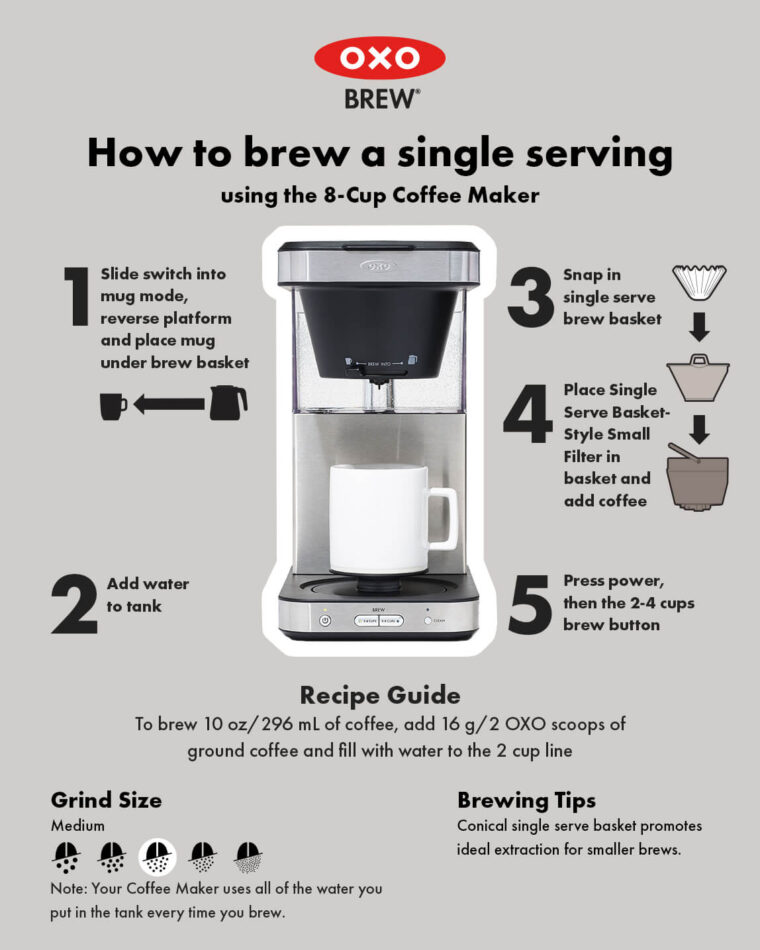
Testing and Certification Standards for Coffee Maker Pots
To ensure the safety and quality of coffee maker pots, industry standards and certifications play a vital role. Let’s explore the testing and certification standards for coffee maker pots and how they guarantee a certain level of temperature resistance.
Industry standards for determining maximum temperature limit
Various industry organizations, such as the International Organization for Standardization (ISO), have established standards for coffee maker pots’ maximum temperature limit. These standards outline the specific testing procedures and requirements that manufacturers must adhere to when evaluating the temperature resistance of their pots.
Certification marks to identify coffee maker pots with high temperature resistance
Certification marks, such as the Underwriters Laboratories (UL), are used to identify coffee maker pots that meet specific safety and quality standards. Pots bearing certification marks indicate that they have been tested and verified to meet the required temperature resistance criteria. When purchasing a coffee maker pot, look for these certification marks to ensure its reliability and safety.
Role of regulatory bodies in ensuring safety standards
Regulatory bodies, such as the Consumer Product Safety Commission (CPSC) in the United States, play a crucial role in ensuring the overall safety of coffee maker pots. These bodies establish guidelines and enforce safety regulations to protect consumers from potential hazards associated with coffee pot use. Manufacturers must comply with these regulations to ensure their products meet the necessary safety standards.
Understanding the Maximum Temperature Limit
To fully grasp the importance of the maximum temperature limit in coffee maker pots, it is essential to understand how it is defined, measured, and the factors taken into account during its determination.
Definition and measurement of maximum temperature limit
The maximum temperature limit refers to the highest temperature that a coffee maker pot can withstand without experiencing any damage or compromising its functionality. This limit is typically measured in degrees Celsius or Fahrenheit. Manufacturers subject their pots to rigorous testing to determine this limit accurately.
Factors considered in determining the limit
In determining the maximum temperature limit, manufacturers consider various factors, including the material’s properties, design, and thickness of the pot, as well as the pot’s intended use and capacity. These factors play a crucial role in setting a temperature limit that ensures both optimal performance and safe operation of the coffee maker pot.
Impact of prolonged exposure to high temperatures
Prolonged exposure to high temperatures can have detrimental effects on the coffee maker pot, even if it remains within its maximum temperature limit. Over time, repeated exposure to high temperatures can degrade the materials in the pot, leading to potential wear and tear. It is important to follow the manufacturer’s guidelines and recommendations to prevent unnecessary damage and extend the lifespan of your coffee maker pot.
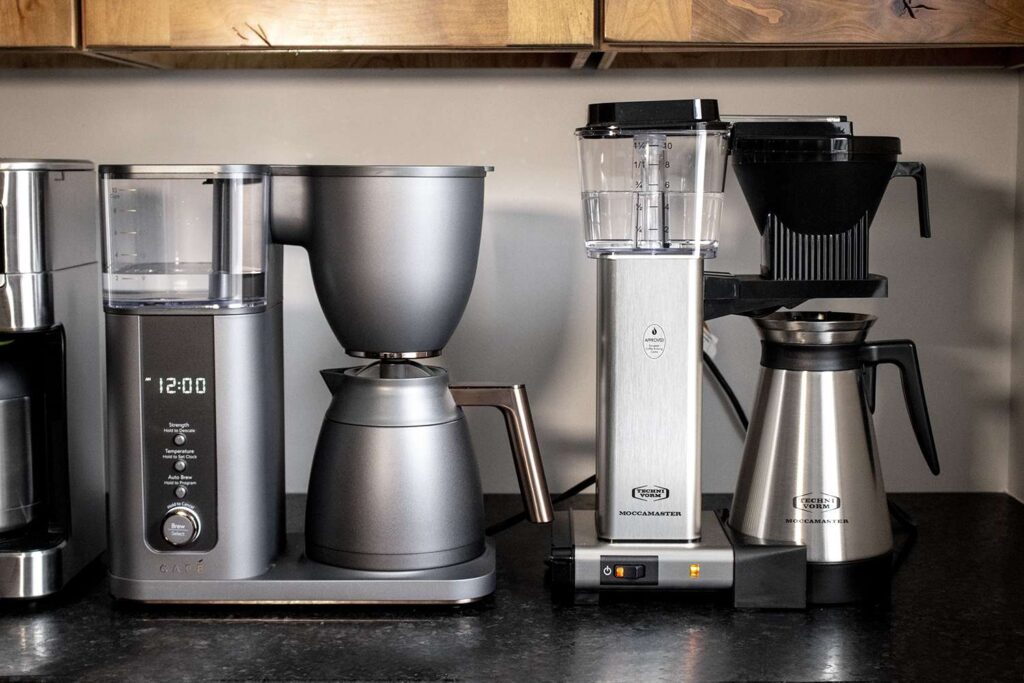
Common Maximum Temperature Limits of Coffee Maker Pots
Coffee maker pots typically have a range of maximum temperature limits based on their size, design, and materials. Let’s take a look at the general limits you can expect to come across when using coffee maker pots.
Typical range of maximum temperature limits for coffee maker pots
The maximum temperature limits for coffee maker pots can range from around 150 to 205 degrees Fahrenheit (65 to 96 degrees Celsius). However, it’s important to note that these limits can vary depending on the size and design of the pot, as well as the materials used in its construction.
Variations based on pot size and design
Larger coffee maker pots generally have higher maximum temperature limits to accommodate the increased brewing capacity. Additionally, the design of the pot can also impact its temperature limit. Pots with thicker walls and better insulation tend to have higher temperature resistance, ensuring safer and more efficient brewing.
Examples of specific coffee maker pots and their maximum temperature limits
Specific coffee maker pots may have different maximum temperature limits depending on their construction and intended use. For example, a glass pot used in a classic drip coffee maker may have a maximum temperature limit of around 200 degrees Fahrenheit (93 degrees Celsius), while a single-serve plastic pod machine pot could have a limit closer to 180 degrees Fahrenheit (82 degrees Celsius). Always check the manufacturer’s specifications for the maximum temperature limit of your specific coffee maker pot model.
Impact of Temperature on Coffee Quality
Temperature plays a crucial role in determining the taste and quality of your brewed coffee. Let’s explore how temperature affects the brewing process and why it is important to maintain the optimal temperature range.
How temperature affects the taste of coffee
The temperature at which coffee is brewed significantly impacts its taste. Brewing at too low a temperature can result in under-extraction, resulting in a weak and insipid cup of coffee. On the other hand, brewing at excessively high temperatures can lead to over-extraction, which brings out bitter flavors and can overpower the coffee’s natural nuances. Striking the right balance ensures a well-rounded and flavorful cup of coffee.
The optimal temperature range for brewing coffee
The optimal temperature range for brewing coffee is generally considered to be between 195 and 205 degrees Fahrenheit (90 to 96 degrees Celsius). Within this range, the coffee grounds are properly extracted, allowing for the ideal balance of flavors and aromas. This temperature range also helps extract the desired caffeine content without drawing out as many undesirable compounds from the coffee beans.
Potential consequences of excessively high temperatures on coffee flavor
When coffee is brewed at excessively high temperatures, it can result in a charred or burnt taste due to over-extraction. Additionally, the high temperatures can cause the oils in the coffee to break down, altering the flavor profile and diminishing the richness and complexity that coffee aficionados appreciate. It is therefore essential to stay within the recommended temperature range to achieve the best possible coffee flavor.
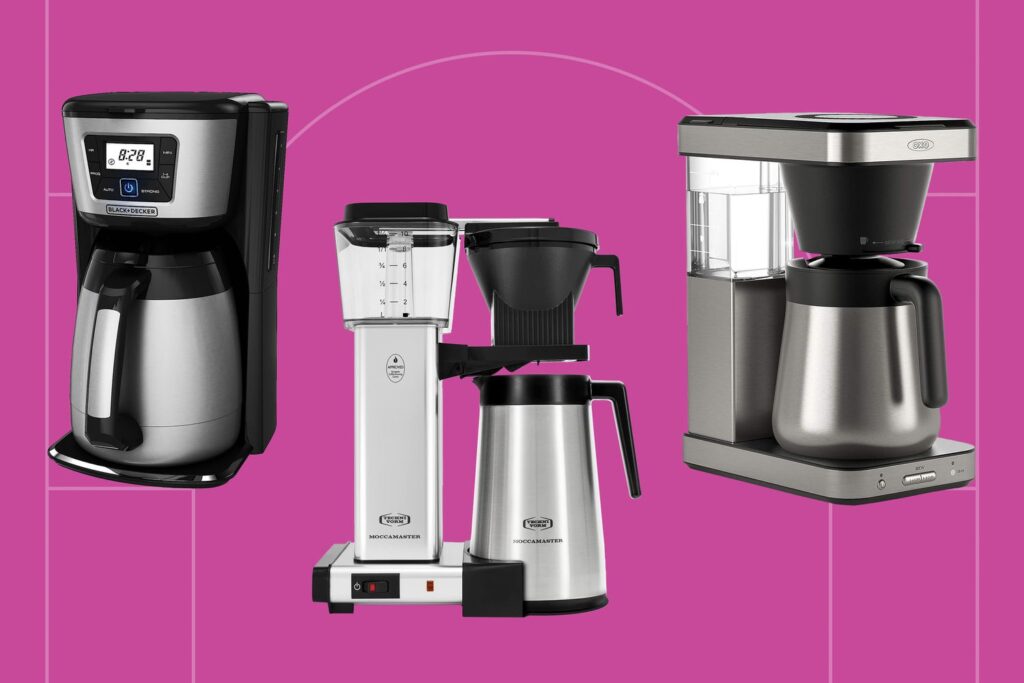
Maintenance and Care Tips for Coffee Maker Pots
To ensure the longevity and performance of your coffee maker pot, proper maintenance and care are crucial. Let’s explore some recommendations to keep your pot in top shape.
Cleaning recommendations for coffee maker pots
Regular cleaning is essential to eliminate any residue or buildup that can affect the taste of your coffee or compromise the pot’s temperature resistance. Follow the manufacturer’s cleaning instructions, which may involve rinsing the pot with warm soapy water or using specific cleaning agents. Additionally, it’s important to regularly clean the internal components of your coffee maker to prevent any blockages or mold growth.
Preventing damage to the pot’s temperature resistance
To prevent damage to the pot’s temperature resistance, avoid subjecting it to sudden extreme temperature changes, such as pouring cold water into a hot pot or placing a hot pot on a cold surface. This can cause thermal shock and potentially lead to cracks or other damage. Also, avoid using abrasive cleaning tools or harsh chemicals that can compromise the pot’s surface and temperature resistance.
Regular maintenance practices to ensure longevity
In addition to regular cleaning, there are other maintenance practices you can adopt to ensure the longevity of your coffee maker pot. For example, regularly descaling your coffee maker can prevent mineral deposits from building up and affecting the pot’s temperature conductivity. Additionally, monitoring and promptly addressing any leaks or signs of wear can help prolong the lifespan of your pot and maintain its temperature resistance.
When to Replace a Coffee Maker Pot
Coffee maker pots are not indestructible, and there may come a time when you need to replace yours. Let’s explore some indicators that it’s time for a new coffee maker pot.
Signs of wear and deterioration in the pot’s temperature resistance
Visible signs of wear and deterioration, such as cracks, chips, or warping, in the pot’s material can indicate that its temperature resistance has been compromised. It is crucial to replace a pot in such conditions, as continued use can pose safety risks and result in subpar coffee quality.
Implications of using a coffee maker pot beyond its maximum temperature limit
Using a coffee maker pot beyond its maximum temperature limit can lead to various implications. Apart from safety concerns, such as the risk of shattered or damaged pots, brewing coffee at excessive temperatures can result in bitter or burnt flavors. It is important to respect the pot’s temperature limit to maintain both your safety and the quality of your coffee.
Indications that it’s time for a replacement
If your coffee is consistently tasting off or bitter despite using the recommended brewing parameters, it could be an indication that your pot is no longer functioning optimally. Additionally, if you notice any visible damage or signs of wear that affect the pot’s temperature resistance, it’s time to consider investing in a new coffee maker pot. Remember, safety and coffee enjoyment should always be top priorities.
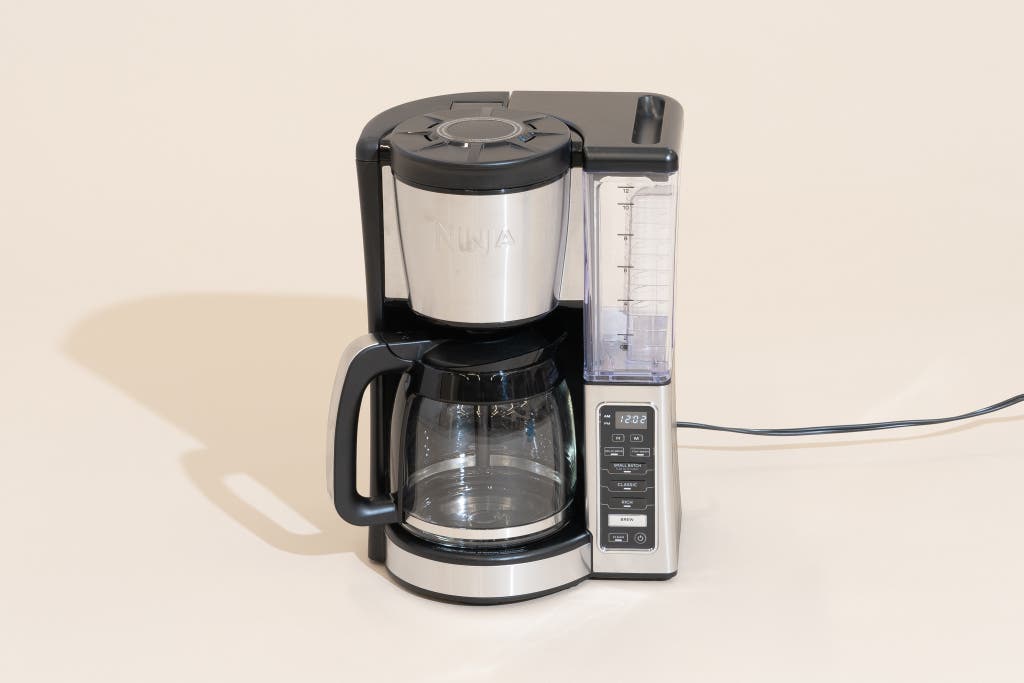
Alternatives to Traditional Coffee Maker Pots
While traditional coffee maker pots have their merits, there are alternative options available for those looking for different brewing experiences. Let’s explore some alternatives to traditional coffee maker pots.
Exploring alternative materials and designs for coffee making
Coffee enthusiasts have been experimenting with alternative materials and designs to enhance their brewing experience. For example, ceramic coffee drippers are gaining popularity due to their ability to retain heat and provide a specific extraction experience. Additionally, pour-over systems, such as the Chemex or Hario V60, offer a more hands-on and customizable brewing process compared to traditional coffee maker pots.
Innovative brewing methods that don’t rely on rigid coffee maker pots
Innovative brewing methods have also emerged, offering unique and exciting ways to enjoy coffee without the reliance on rigid coffee maker pots. Cold brew systems, for instance, involve steeping coffee grounds in cold water for an extended period, resulting in a smooth and low-acidity brew. AeroPress, a compact and versatile brewing device, has also gained popularity for its ability to produce concentrated and flavorful coffee.
Advantages and disadvantages of alternative options
Alternative coffee brewing methods and materials offer their own advantages and disadvantages. For example, pour-over systems provide precise control over the extraction process, allowing you to tailor the flavor to your preferences. However, they can be more time-consuming and require additional equipment. Cold brew systems excel in producing smooth and refreshing coffee, but they require longer brewing times. It’s important to consider your preferences and brewing style when exploring alternative options.
Conclusion
The maximum temperature limit of a coffee maker pot is of utmost importance for both safety and coffee quality. Understanding the factors that determine this limit, such as the materials used and design considerations, allows us to make informed decisions when choosing a coffee maker pot. Maintaining the pot’s temperature resistance through regular cleaning and proper care ensures optimal performance and longevity.
Temperature plays a significant role in the taste and quality of brewed coffee, making it essential to stay within the recommended temperature range. If signs of wear or deterioration appear in the pot’s temperature resistance, it’s time to replace it to ensure both safety and coffee enjoyment. Alternatives to traditional coffee maker pots offer exciting brewing experiences, presenting coffee enthusiasts with diverse options to explore and expand their coffee horizons.
Remember, choosing a coffee maker pot that meets your temperature requirements is essential for brewing the perfect cup of coffee every time. By respecting the maximum temperature limit, maintaining the pot’s temperature resistance, and selecting alternative options when necessary, you can elevate your coffee brewing experience to new heights. Cheers to a delicious and safe brewing journey!
